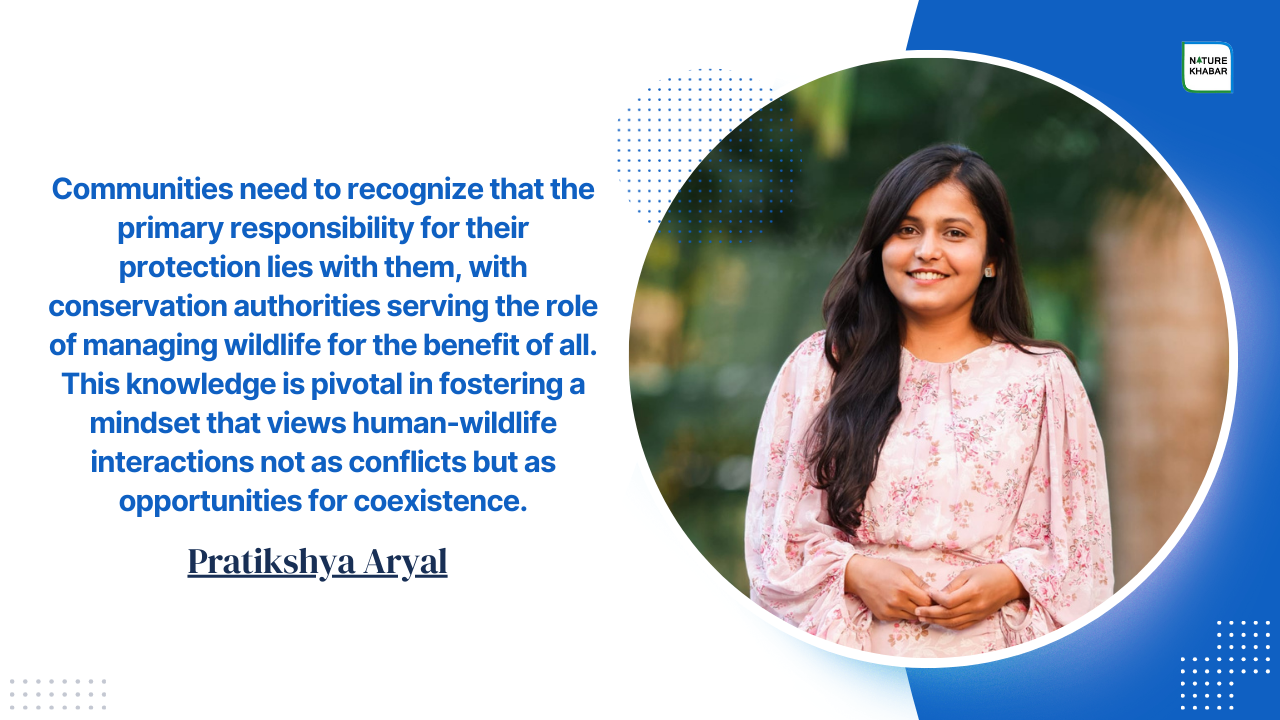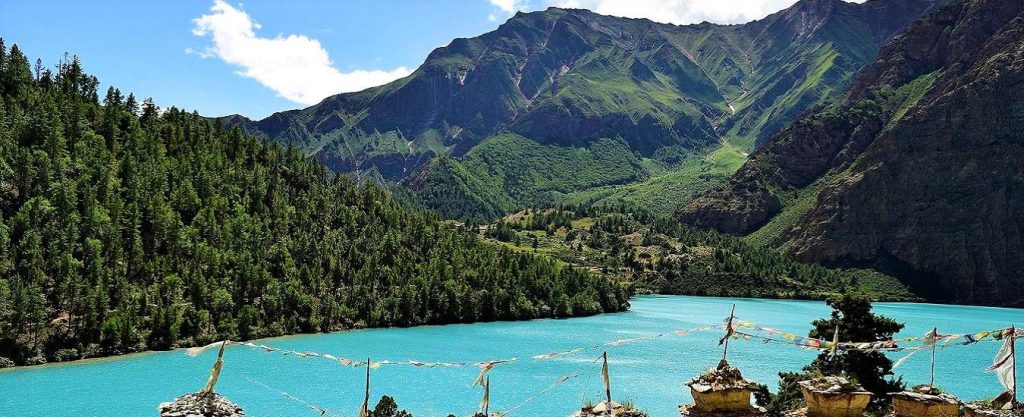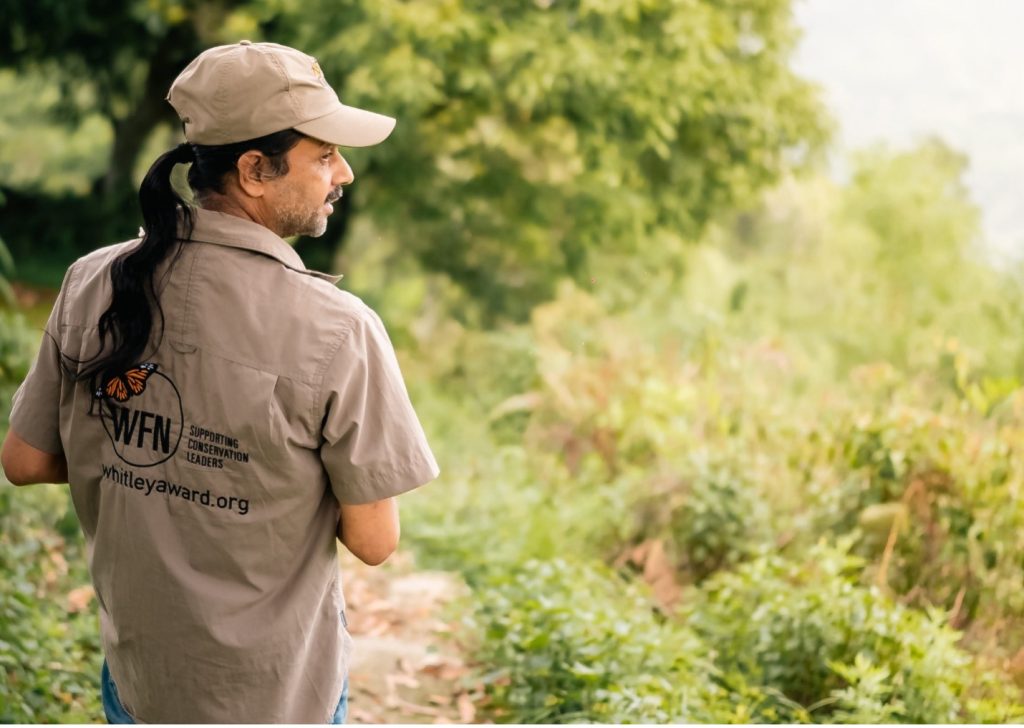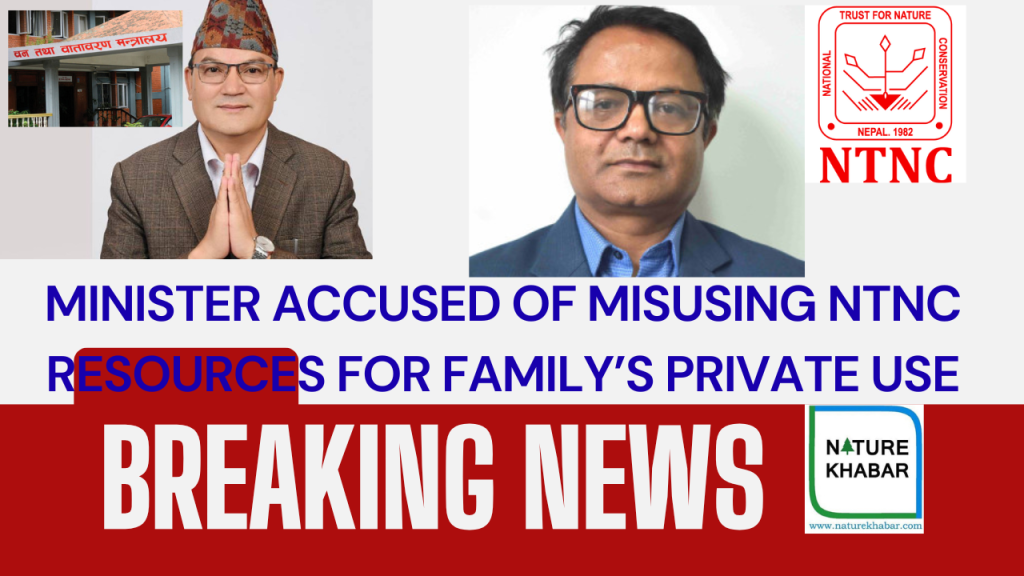Human-wildlife conflict or coexistence: Understanding the Dynamics
- Nature Khabar

- Pratikshya Aryal,
Wildlife, in essence, refers to all undomesticated animals, those not reared within the confines of a home. The concept of human-wildlife conflict revolves around the issues arising from interactions with these undomesticated animals. However, a common misconception exists – many associate human-wildlife conflicts solely with the damages caused by charismatic species like tigers, leopards, elephants, rhinos, and bears.
This prevalent belief often leads to a skewed perspective where people attribute all destruction, be it to humans, livestock, or crops, to these iconic species. The assumption is that such animals solely belong to protected areas, and their management falls under the responsibility of the respective wardens and staff of those protected areas. However, when a member of a community fallsvictim to an attack by a tiger, rhino, or elephant, society tends to engage in a blame game, unfairly holding conservation authorities responsible for the incident.
The question arises – is it human-wildlife conflict, or can it be seen as human-wildlife coexistence?
This practice is flawed and needs correction through increased awareness. An interesting parallel can be drawn with snake bites – when a person die of a snake bite, the community hold back from blaming conservation authorities. Instead, they express regret for not exercising caution around snakes, using the unfortunate incident as an opportunity to become more aware of snake behavior. Similarly, when a flock of parrots attacks a maize field, communities take proactive measures to protect their crops without shifting blame to authorities. The difference in reactions becomes even more apparent when elephants damage parts of their fields.
It is crucial to bridge this gap in perception. Communities need to recognize that the primary responsibility for their protection lies with them, with conservation authorities serving the role of managing wildlife for the benefit of all. This knowledge is pivotal in fostering a mindset that views human-wildlife interactions not as conflicts but as opportunities for coexistence.
Therefore, the question arises – is it human-wildlife conflict, or can it be seen as human-wildlife coexistence? Does the significance of these terms change with the size of the species involved? It's essential to delve deeper into these dynamics to foster a harmonious relationship between humans and wildlife.
-Forestry Graduate, Institute of forestry, Pokhara Campus





Feedback